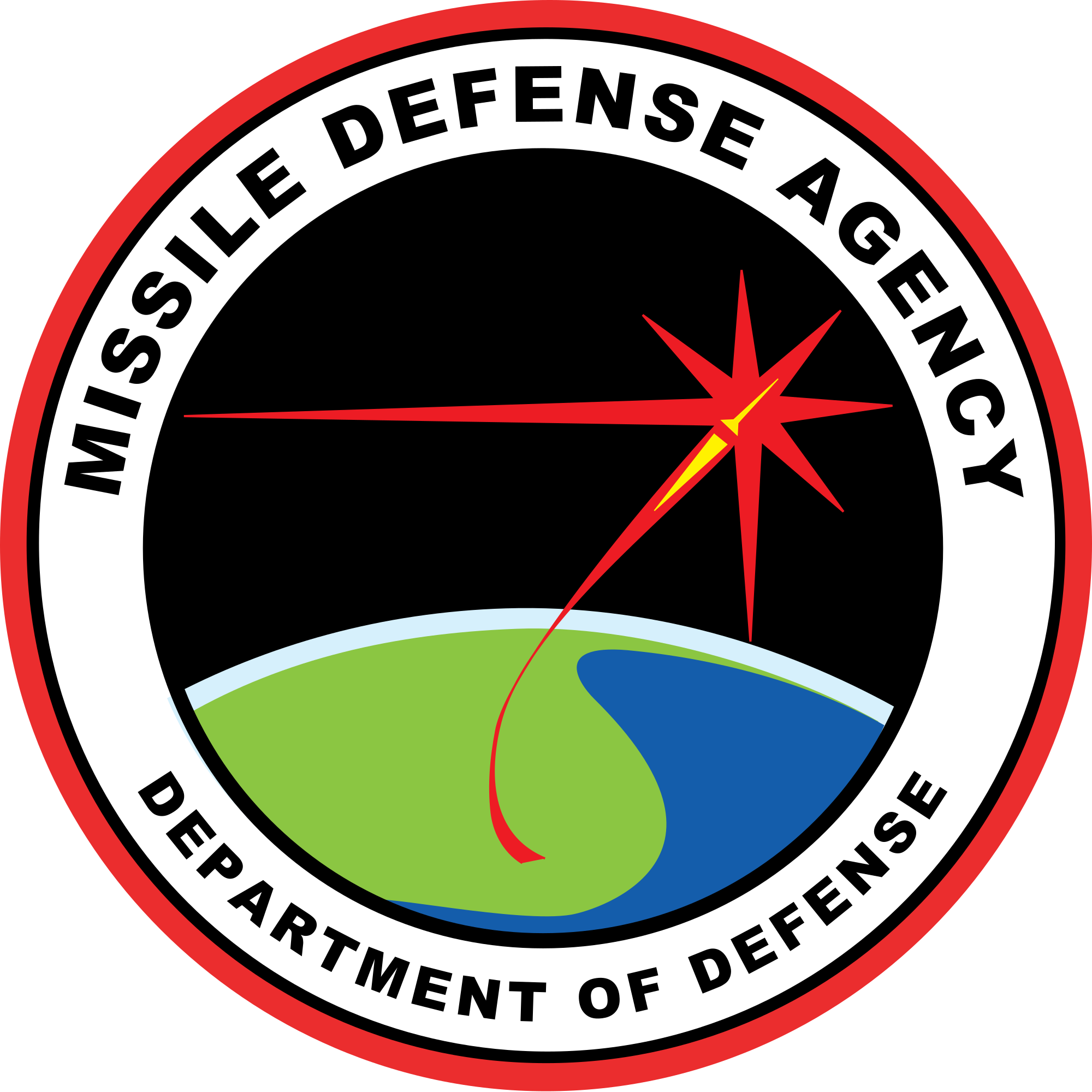Nuclear Weapons 346 - The U.S., China, and Russia Are All Working On Hypersonic Missiles That Can Carry Nuclear Warheads
Both China and Russia are investing in the modernization and expansion of their nuclear weapons and delivery systems. I have blogged before about specific weapons projects. The Pentagon is looking to spend a trillion dollars in the next ten years to modernize and expand our nuclear arsenal. Some of their plans were developed as a counter to specific weapons being developed in China and Russia.
There is a new generation of nuclear missiles under development which fly at many times the speed of sound. These missiles are known as hypersonic. They are being developed to elude conventional anti-missile systems. They can change direction in mid-flight which makes them harder to track.
A U.S. Admiral who heads the Pacific Command said, “China's hypersonic weapons development outpaces ours... we're falling behind. We need to continue to pursue that and in a most aggressive way in order to ensure that we have the capabilities to both defend against China's hypersonic weapons and to develop our own offensive hypersonic weapons.”
The U.S. Department of Defense Missile Defense Agency’s (MDA) mission is to “develop, test, and field an integrated, layered, ballistic missile defense system (BMDS) to defend the United States, its deployed forces, allies, and friends against all ranges of enemy ballistic missiles in all phases of flight.”
The MDA has an annual budget of around ten billion dollars. For 2019, it is requesting an increase of forty-five million dollars from its 2018 budget of seventy-five million dollars for the development of hypersonic missile defenses. Hypersonic missiles with or without nuclear warheads can be launched from planes, ships or submarines. The MDA Director of Operation told Pentagon reporters that possible deployment of hypersonic weapons by potential enemies such as China and Russia could overwhelm our current anti-missile systems. He told the reporters, “The key challenge to US national security and the security of US friends and allies is the emergence of new threats designed to defeat the existing" ballistic missile defense system.”
The reason that the Pentagon has suddenly become so concerned with hypersonic weapons is the fact that China and Russia have developed and tested hypersonic vehicles. China has tested their DF-17 and analysts believe that Russia is also working on its own hypersonic vehicle called the Zircon. The Russian news agency Tass has reported that the Zircon will go into production this year.
The U.S. may be behind in the hypersonic race but it has been working on such a weapons for years. The X-51A Waverider cruise missile that was first tested in 2012 can travel at more than one mile a second which is about six times the speed of sound. Future versions are being designed to travel even faster.
China has been found it easier to develop the DF-17 because it is not party to a treaty restricting short and intermediate range ground launched missiles like the U.S. and Russia. If China were a signatory of the 1987 Intermediate Nuclear Forces Treaty, over ninety percent of Chinas ground launch missiles would be considered in violation of the treaty.
